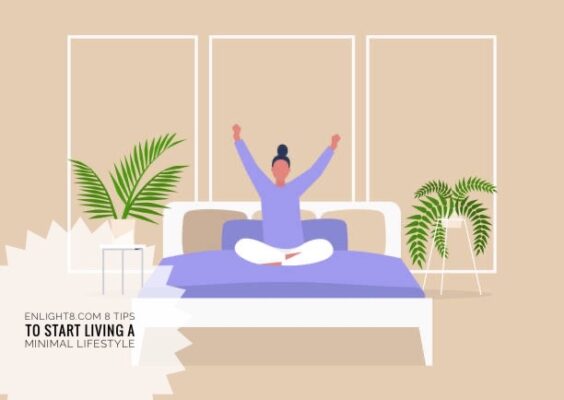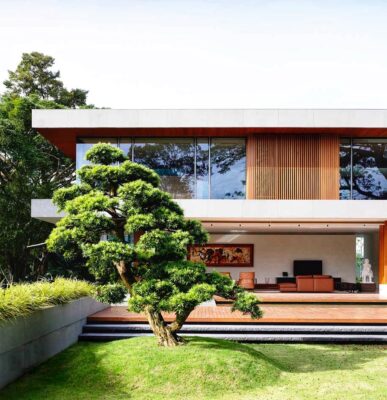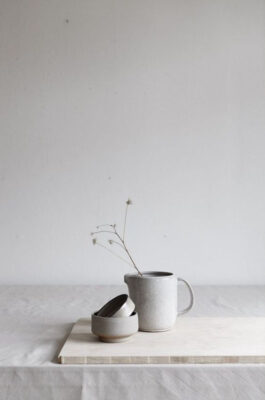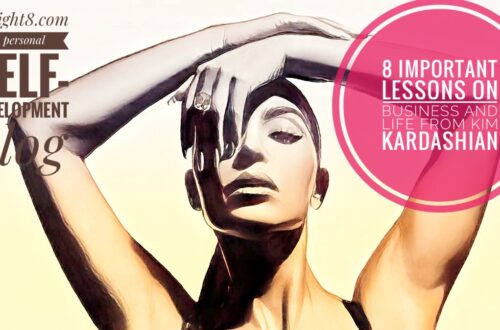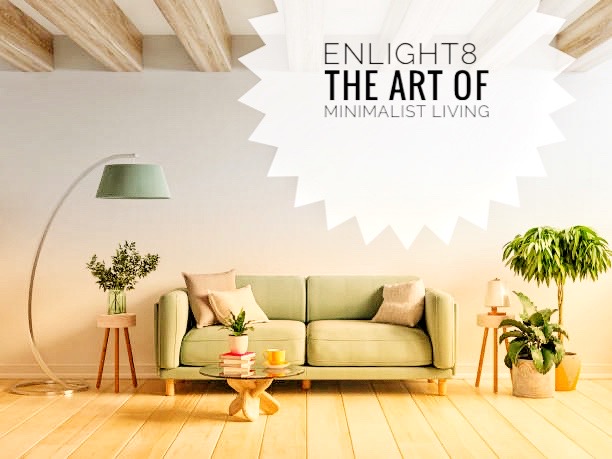
The Art of Minimalist Living: 8 Tips to Start Living a Minimal Lifestyle
Minimalism is a simple lifestyle of having less, decluttering the home, and strategically finding ways to be surrounded by things with purpose and add positive value to our life.
I recently moved from a cozy studio apartment into a one-bedroom and realized something alarming. All the backache and soreness I got from the move convinced me that I had too much stuff. Had I lived like many American consumers with a penchant for accumulating things?
I had stuff that expired on top of two or three items I thought I needed. The puddle of clutter turned into a lake before becoming a swamp. As a result, my things are weighing me down.
I had heard of Marie Kondo, the fairy godmother of minimalism, and her KonMari Method. I needed to conjure Marie Kondo to inspire me to rid my space of the things I thought I needed but didn’t. I needed to adopt the concept of minimalism in my life and learn from my shortcomings.
Minimalism is not just a concept. I discovered it is a way of life from a Buddhist monastic lifestyle. In a spiritual sense, it is acknowledging the sanctity of life by going back to the root, the basics, and traveling the middle path. Minimalism is primarily rooted in Buddhist practices.
Minimalism is the intentional practice of having only the things we value most and removing everything else that distracts us.
Minimalism applies to other life areas like relationships and work, not just to keep your home organized. It is the constant and intentional removal of clutter and valuing simplicity and essentialism.
8 Tips to Start Living a Minimal Lifestyle.
1. Divide and Organize into Three Types
“Keep only those things that speak to your heart. Then take the plunge and discard all the rest. Doing this can reset your life and embark on a new lifestyle.”
– Marie Kondo
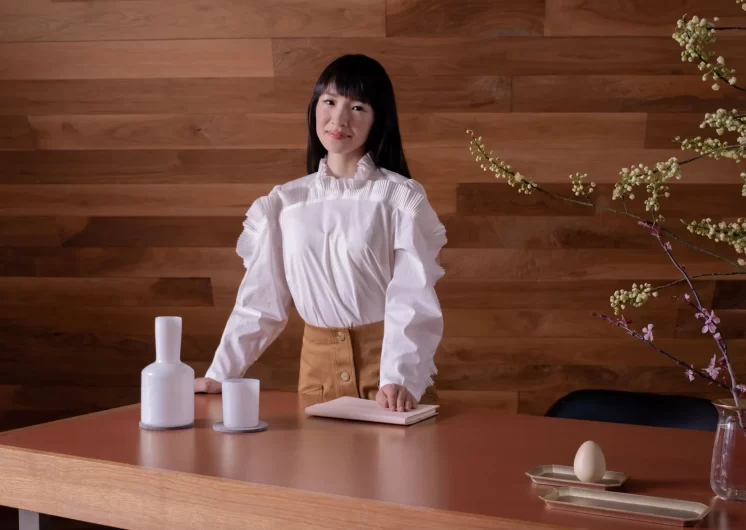
“Minimalism is the intentional promotion of the things we most value and the removal of anything that distracts us from it.”
– Joshua Becker
The most challenging hurdle is changing one’s mindset to look at every item in our household and putting them into three categories: throw out, donate, and keep. Every item in our living space must undergo this process.
We must set the ground rules when we are decluttering that each item must fall under one of these categories at the end of the day.
The key here is figuring out which items are essential, which are nice-to-haves, and which are taking up space. Then, we can donate or throw out the nice-to-haves and only keep the essentials.
2. Tackle One Category at A Time
Many experts say that starting with one room at a time is a good idea. However, the better approach is to start with one category at a time. Then, go to every room, collect that category, and spread it on the floor! This is the differentiating way Marie Kondo recommends decluttering that is more effective. Tackling one category simultaneously enables us to see and understand the accumulated clutter.
See all those books you have in different parts of the house? Gather them all and spread the books on the floor! You will likely have an enormous mountain of stuff in the end.
Go through each item and start picking what to keep. It’s good to be consistent, so create a rule of thumb. For example, if you decide only to have 30 or 40 books, you must sell, toss, or donate the rest.
3. Keep the Essentials
Learning how to identify true essentials is probably the biggest challenge when tidying up any space.
Marie Kondo identifies the conflicts people encounter when dealing with their possessions’ functional and emotional value.
She also acknowledges that tidying up should be treated as a special occasion (which means it’s something you celebrate doing instead of engaging in it as a chore) and creates a system that works for your space.
However, she doesn’t like tidying a space based on her personality. She’s wary about the “booby traps” that eventually lead people to keep too much stuff or abandon the tidying effort altogether. Tidying up is different from getting organized because it is only the first step toward a truly organized space. But we all must start somewhere, right? If you don’t commit to tidying up now, you won’t gather the energy and momentum needed for what Marie Kondo termed “discarding, all at once, intensely and completely.”
4. Declutter By Tossing, Donating
For example, many organizations can help unload the surplus if you have too many clothes.
If you’re not a US resident, you can try looking for similar organizations and projects in your locale.
Donations of used goods like furniture and clothing are evolving. The value of donations, however, remains constant. As a result, there’s a renewed interest in focusing on the recipients’ well-being while preparing donated goods.
Consider washing clothes before donating them. Bleaching is a good idea, and remembers to wear gloves when transferring the clothes from the washer to the dryer before making one last transfer to the storage containers.
You must disinfect the surfaces of any household items, appliances, and furniture before donating them. It’s important to clean everything from pots and pans to small appliances to electronics. If you plan on donating toys, please clean these, too. All parties involved in a donation must remain healthy.
5. Restrict Buying
According to Marie Kondo, the accumulation of possessions mainly satisfies different desires. Note that the word is desire, not need. I highly doubt anyone would end up with a cluttered house if they bought only what they needed for the week, like groceries and household supplies.
Furthermore, buying on impulse and overindulging in just about anything is a way for people to manage their stress. Of course, we all have different stress management methods, and some are just not healthy or good for you. But we must acknowledge why we do them in the first place.
You will also discover a sense of contentment or fulfillment through tidying up. You will feel less need to accumulate stuff you don’t need. Once you call your space to only the items that bring joy, you will feel you will have enough of everything in your space.

6. Organize and Store
Marie Kondo’s method does not encourage buying commercial storage products. If you already have several ‘innovative storage solutions in your Amazon cart, you may not need those anymore. Not surprisingly, the queen of tidiness recommends using the storage items you already have at home. Of note in her book is her advice to use items like the ubiquitous shoe box, which she says has infinite uses. As someone who uses plastic drawers at home for her essentials, I guess her recommendation to steer clear of too many boxes is a step in the right direction. The recommendation is aligned with her minimalistic way of doing things.
Furthermore, she says there is no secret to storing items: any square box with a lid is a good pick. I’m sure you have some at home.
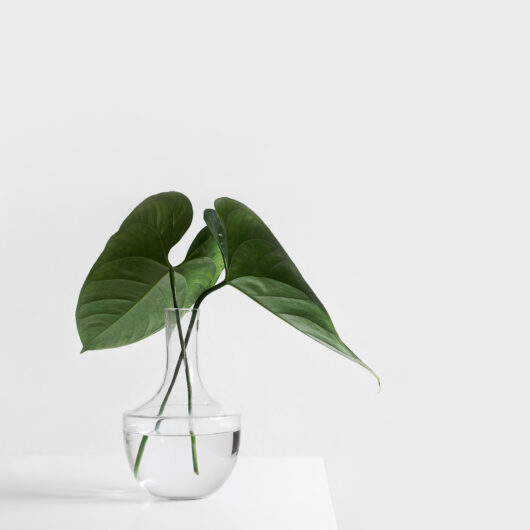
7. Avoid Rebounding by Creating a Good System
It’s a common scenario for a person to think that yes, “I’ve already succeeded over the clutter!”
However, in a week, you notice that the formerly pristine spaces are accumulating junk again. Within a few days, you notice your room becoming cluttered again.
Your once-decluttered home is once again cluttered. This is the dreaded “rebound effect.” The leading cause of clutter rebound is the lack of a ‘perfect system’ that tackles tidying and getting organized only to the halfway mark.
According to Marie Kondo, the only genuine way to break out of this vicious cycle is to clean everything immediately and ASAP.
An efficient method of clearing out clutter will transform the physical landscape of your space.
Things will look completely different. If everyone is concerned about having the right mindset, we must acknowledge that the physical brings forth the mental, social, emotional, and spiritual.
The physical is the root, and if you want to visualize your destination, as Marie Kondo put it, you need to see the possibilities of the space.
The shift or physical transformation of space is so dramatic that it’s as if you’ve moved to another planet.
The shift will cause a significant change in your mindscape, and it will inspire you in a way that will keep the clutter away longer, perhaps permanently.
You will develop a strong aversion to living in a space that resembles the previous one. It’s as if you’ve moved to another house. The feeling will be intense. The key is to make the change so powerful and so sudden that, in the end, you gain an experience so unique and jarring that it short-circuits the desire to live in the space before. Marie Kondo says that gradual change never has the same effect.
You’ll want to use the most effective method of tidying up to pull off such a dramatic transformation. Otherwise, you won’t be able to make good use of your time. Efficiency is crucial because the more time you spend clearing the clutter, the more exhausted you will feel, and the more likely you will throw in the towel while only finishing half the job.
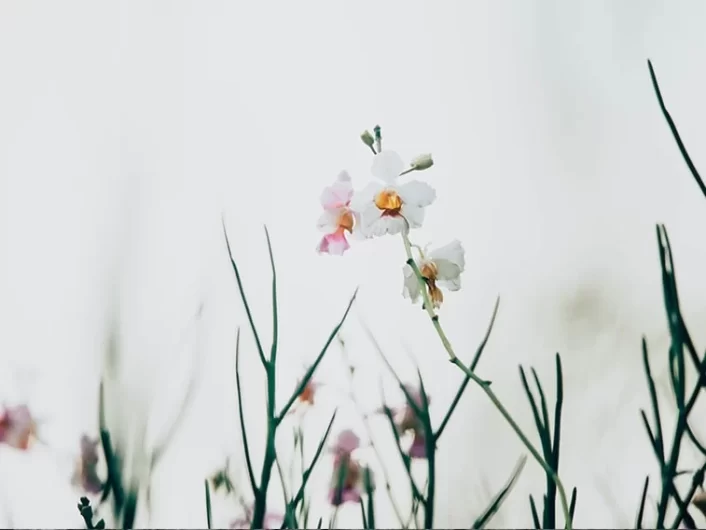
8. Live A Minimal Lifestyle
If you’re starting on the path to minimalism, you may wonder what you’ll have to give up to enjoy the benefits of a simpler lifestyle. However, you’re hesitant to simplify out of fear of shortchanging loved ones or giving up irreplaceable family heirlooms. Living a minimalist lifestyle is not a goal in and of itself. Instead, it is a deliberate approach to making choices, in which we weigh the costs and benefits before committing scarce resources.
Alignment is crucial in minimalism. However, to get more of what matters, you must first be clear on what that is.
Avoid skipping this step or assuming you already have your priorities straight. The messiness of your life suggests that you don’t, but there’s no need to beat yourself up about it.
The expectations of those around you, the images we see on television, and even the stories we tell ourselves add to the din of the world in which we live. I wish we could just shut it all down, but I suppose we’ll have to learn to swim anyway. Minimalism makes the swim much more effortless and removes weight from our shoulders.

